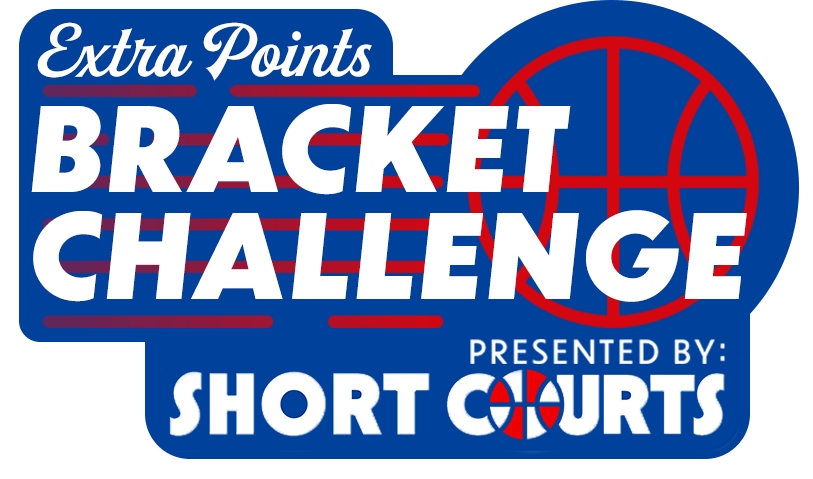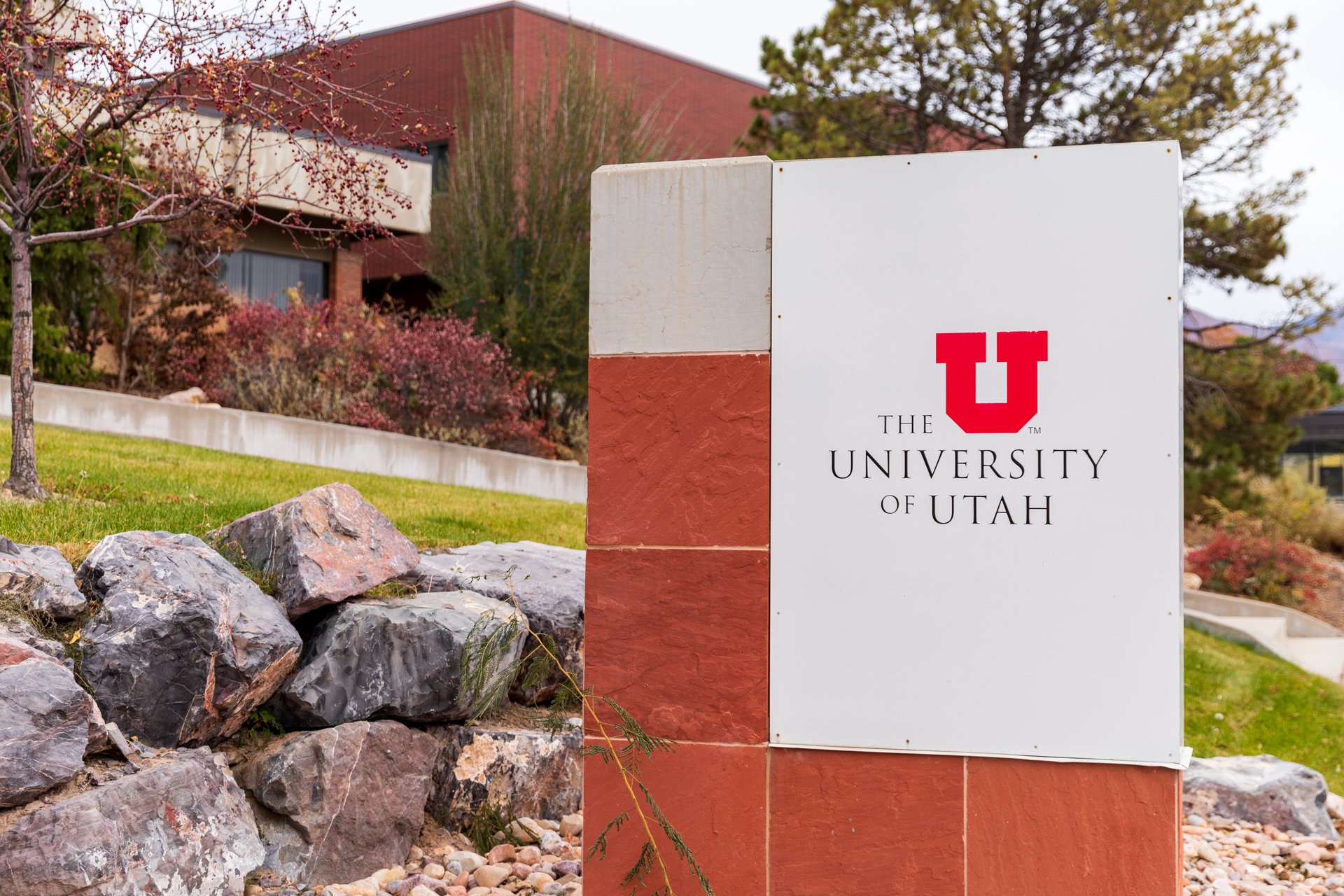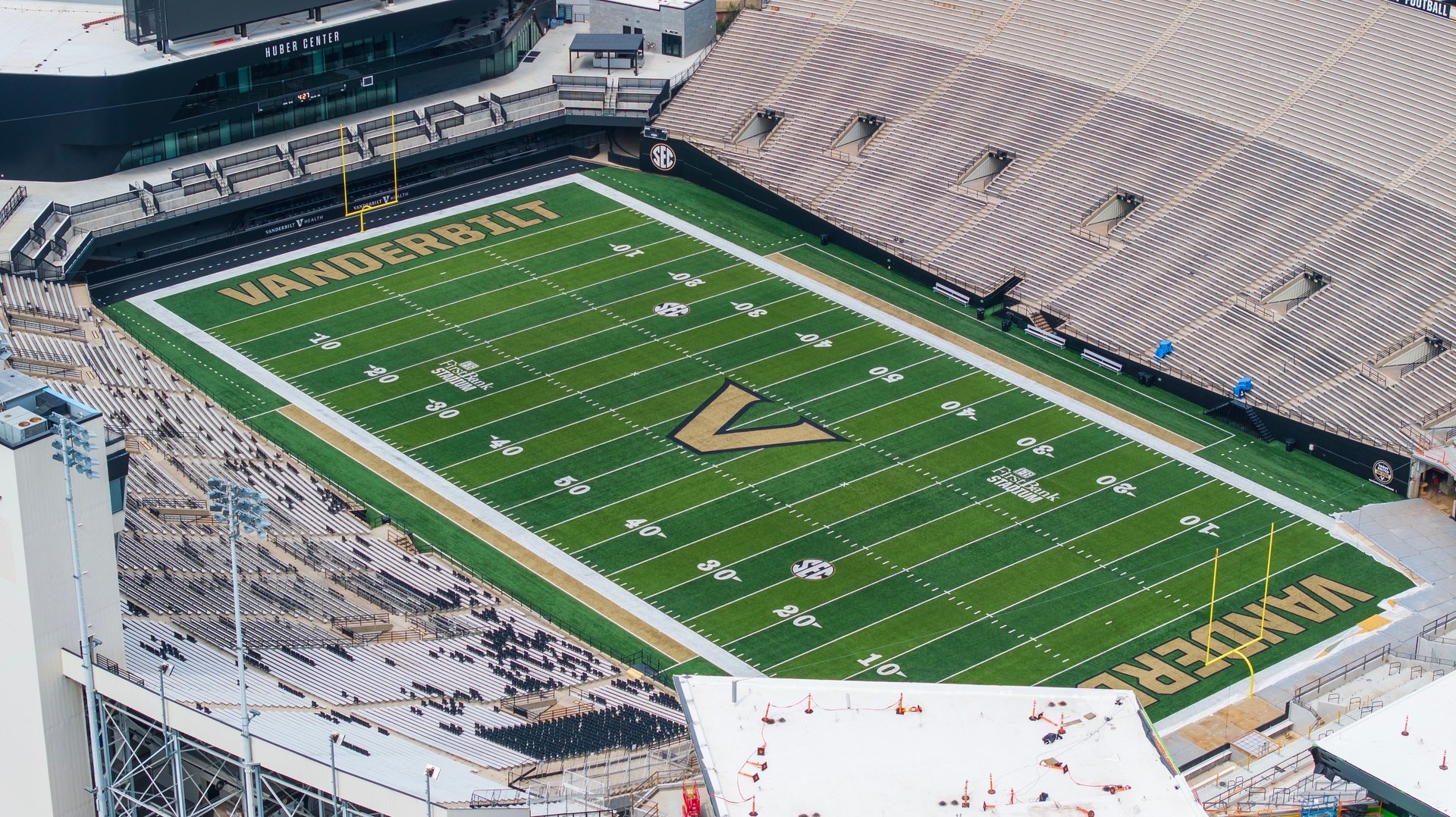Good morning, and thanks for spending part of your day with Extra Points.
I have some exciting news! To kick off the Men’s NCAA Tournament, we’re hosting a bracket challenge, right here with Extra Points, thanks to our pals at Short Courts.
Short Courts makes beautiful and authentic framed courts and football fields, and they’ve been so kind as to offer to give one of those courts to our grand champion.

Here are the details:
The Bracket Challenge is open to ALL Extra Points readers, not just premium subscribers. If we’ve got your email, you’re welcome to enter the challenge.
Simply fill out your bracket here. Please limit yourselves to just one bracket.
The winner of the bracket challenge will get their very own Short Court of the team of their choice, along with some additional Extra Points prizes. The second and third place winners will also get free Extra Points Premium subscriptions. Winners will be notified the day after the championship game.
No purchase necessary, no cash collected. We’re not out here trying to get anybody in trouble with the NCAA.
Anyway, I look forward to seeing all you completely demolish me in this challenge. Am I going to do a terrible job because I’m bad at picking college basketball winners, or because I’m going to be sentimental and put my American Eagles in the Elite Eight? Well, who can say.
You don’t need to follow college basketball on a regular basis to participate in a bracket challenge, or even to appreciate the tournament at all. It’s accessible and easy to appreciate, no matter how casual your fandom.
A major part of that, of course, is that it’s America’s most Democratic postseason event
Is the thumb still pressed firmly on the scales to benefit the rich and powerful? Yeah, c’mon. North Carolina and Texas both somehow found their way into the field, the SEC sent a record 14-teams, and no mid-major outside the WCC and MWC earned an at-large bid.
But, this is still the tournament that invites everybody, from the Big Ten to the Big Sky, the SEC to the SoCon, the ACC and the America East. The College Football Playoff will (mostly) be the exclusive purview of the largest, richest and most powerful athletic departments. But March? March is for everybody.
Let’s try to put that resource gap into perspective for a second. Michigan, the Big Ten champion and five seed, reported $238,866,661 in FY24 athletic revenue, according to financial records in the Extra Points Library. This is just a teensy bit more than their opponent, UC San Diego of the Big West. The Tritons reported $32,471,959. What’s a difference of $200 million dollars between friends?
That’s not the only bracket mismatch, at least when it comes to athletic department resources. Wisconsin reported a FY24 budget of $190,637,312. They face the Montana Grizzlies of the Big Sky, who reported $28,659,832.
Houston, the top seed in the Midwest Region, reported $88 million in FY24 revenue. Their opponent? Southern Illinois Edwardsville, making their first appearance in school history. Their budget? $11 million. That’s the 6th lowest athletic department budget of any school in the Extra Points Library, out of 184 public schools.
Hard financial data is limited to public schools, but I have a sneaking suspicion that Alabama’s athletic budget is just a teeeeensy bit more than that of Robert Morris or American.
There’s also a lot of money at stake in the tournament. And not just from NCAA distributions
Most Extra Points readers would be familiar with NCAA Tournament Units, or payouts that are distributed to conferences as a reward for tournament success. While the exact valuation changes a bit from year to year, a unit is around $2 million, paid out over a six-year period. According to FOS, that means that a league like the SEC will earn at least $26 million in payouts.
But some individual employees are also eligible for bonuses. Head coaches almost always get contractual bonuses when their teams make the NCAA Tournament, as do assistant coaches. But according to documents in the Extra Points Library, making the Big Ten can also mean bonuses for athletic directors.
Some athletic directors, like Trev Alberts at Texas A&M or Eddie Nuñez at Houston, are only eligible for incentive bonuses if their basketball teams advance to the Final Four.
Others are eligible for incentives just for their teams making the tournament. VCU athletic director Ed McLaughlin is eligible for a $3,334 bonus for every A-10 team championship or team NCAA bid. Memphis AD Laird Veatch gets $10,000 for Memphis winning the AAC and making the NCAAs, and another $10,000 if the Tigers make the Sweet 16. Andrew Gavin at SIU-E is eligible for a $2,500 bonus because the Cougars won the OVC Tournament.
These bonuses aren’t as common as bonuses for basketball coaches, and several athletic director contracts we’ve inspected either don’t have incentives at all, or only tie incentives to championships, fundraising, or academic-related benchmarks. But they’re not uncommon.
And finally, making the Tournament also often means free shoes. Or at least, athletic product
Athletic directors and coaches aren’t the only folks who typically have incentive-laden contracts. It’s also very common for a school’s athletic apparel partner to add some extra bonuses if one of their teams plays in a major tournament.
According to the contract Memphis has with Nike, for example, the Swoosh will cut a check for $10,000 because the Tigers won the AAC. Should Memphis advance to the Sweet Sixteen or beyond, they’ll be eligible for other bonuses.

Cash distributions are not uncommon at the high major level and for a select few basketball programs outside the A4, but increasingly, athletic partners give their bonuses in merchandise, rather than cash. Here’s how it works for UNC-Wilmington’s agreement with Under Armour:

Or here, via SIU-E’s arrangement with Adidas / Game One

Even if that isn’t cash, $3,000 worth of shoes, sweatpants, and shirts is still a lot of stuff. And when your athletic department is only pulling in $11 million bucks, every penny and every free shoe goes a long, long way.
We’ll talk more a little later this week about the broader economic impact of the NCAA Men’s Basketball Tournament, since much of the conversation about basketball’s impact on enrollment, marketing, and exposure gets misinterpreted.
But for now, it’s enough to point out that there’s a lot riding on this event…and that just making the Big Dance can be a big deal for a much smaller school.
And you never know! Having a $200 million head start in the budget department wasn’t enough to stave off massive, massive upsets before. We’ll see what happens this week.

















